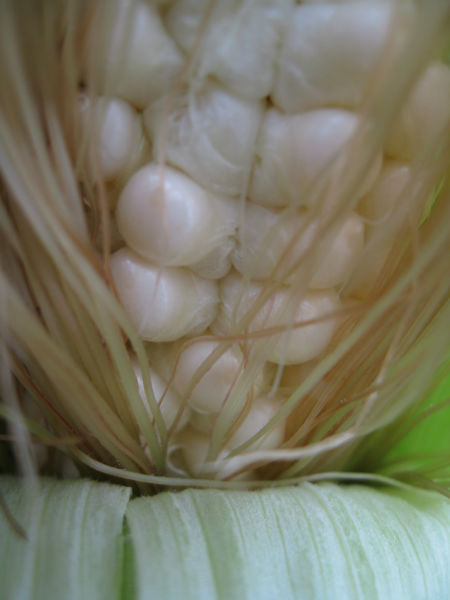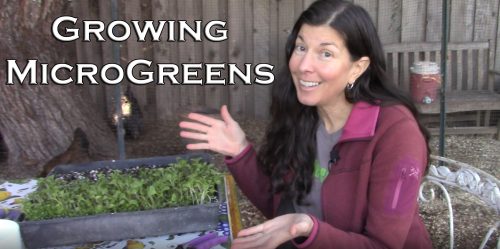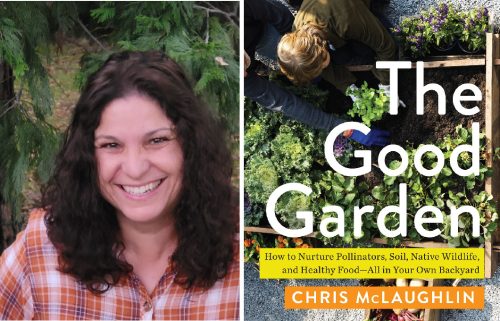It happens every day. Plants send up flowers, bees pollinate them and vegetables are born. But corn has its own way to doing things, bees not included. So how exactly does corn come to be? Let’s explore:
It all starts with a seed…but we’ll skip that part and get to the juicy stuff. Jump ahead to when corn stalks are several feet high. Tassels start poking out from the top of the plant. The tassel floret – the male part – has glumes (they look like grains of wheat) with anthers covered with pollen.

Next, as ears begin to form along the stalk, silks will appear out of the top of each ear. At first silks are soft and glossy. The amazing thing about this female part of the plant is that each silk is attached to a single kernel (caryopsis) of corn inside the ear. Each silk must be pollinated in order to achieve a full ear of corn. If some silk don’t receive pollen, you’ll see gaps in the finished product.

Wind causes the pollen to drop from the tassels to the silks, but naturally pollen will blow where the wind determines, not necessarily straight down. So this is why it is important to plant several rows of corn in order to ensure pollination. Rookie gardenerds often plant one long row of corn and wonder why the ears are empty come harvest time.

Once the silks are dry, the corn should be ready to pick. Peel back the husk while the ear is still attached to the stalk and puncture a kernel with your fingernail.

You’re looking for the Milk Stage – when white liquid comes out of the kernel when pierced. It’s ready to pick if you see that. If it’s clear liquid, wait a little longer. If no liquid comes out then it’s past its prime and should be allowed to dry completely for cornmeal.
We’ve been harvesting a few ears each day (the top ears are ready first, BTW) and enjoying this quintessential summer crop. For more info on corn and how to grow it, check out video on Growing Organic Corn.



Pingback: Wordless Wednesday: The Downside of Gardening - Gardenerd